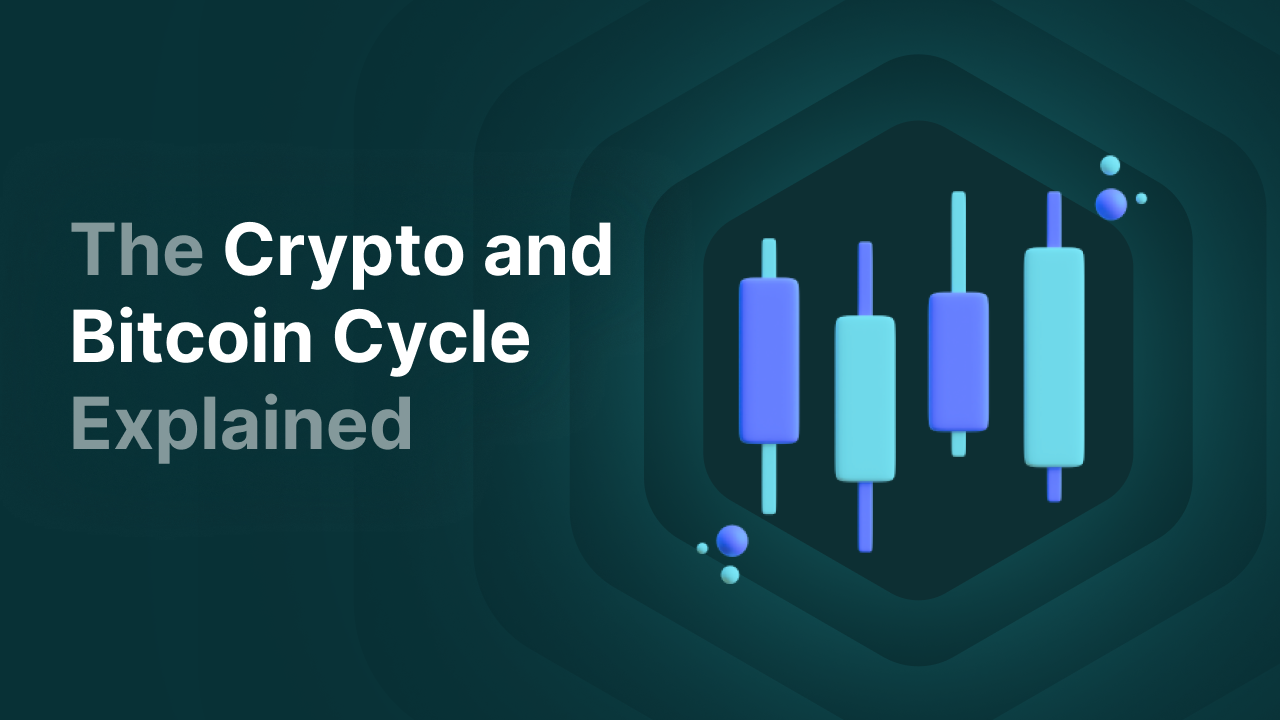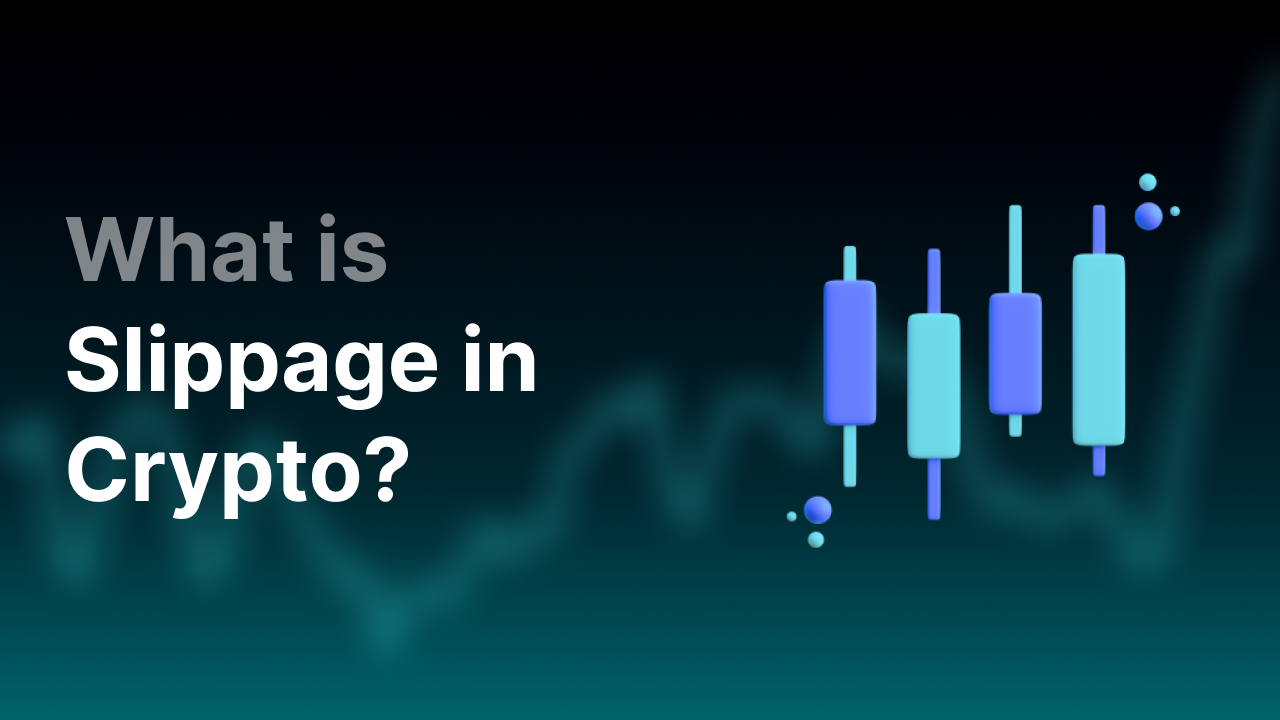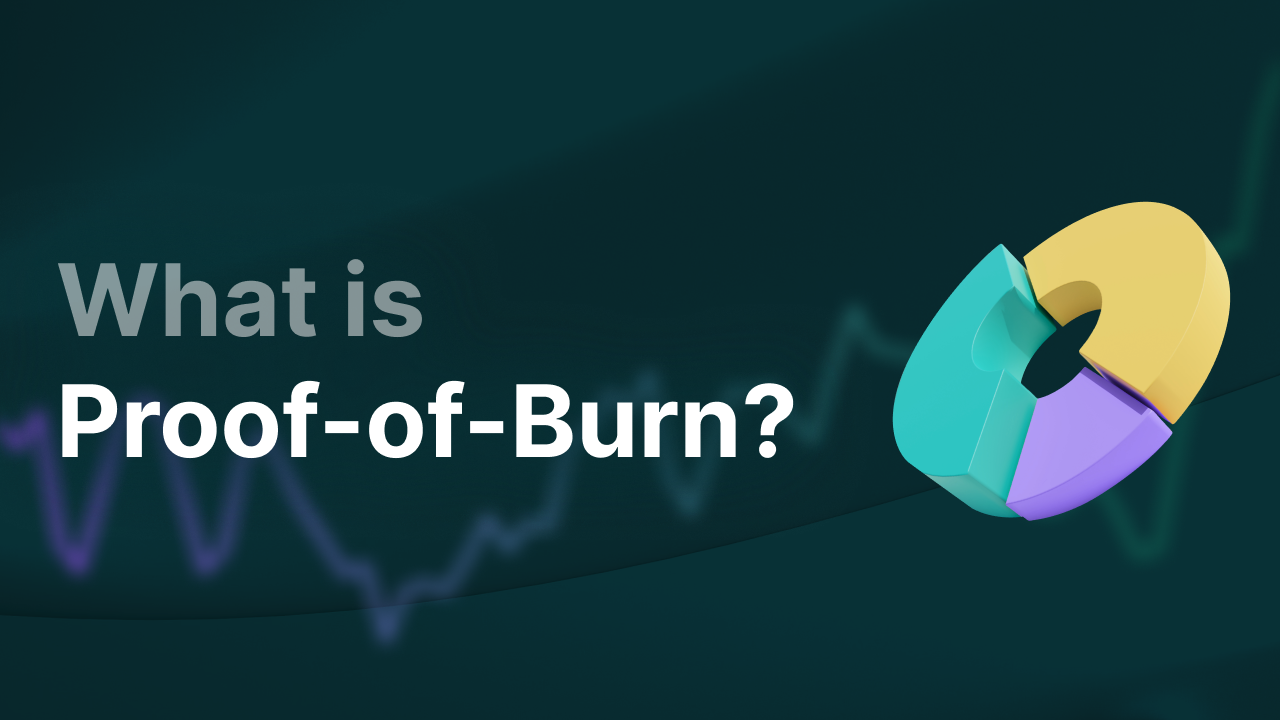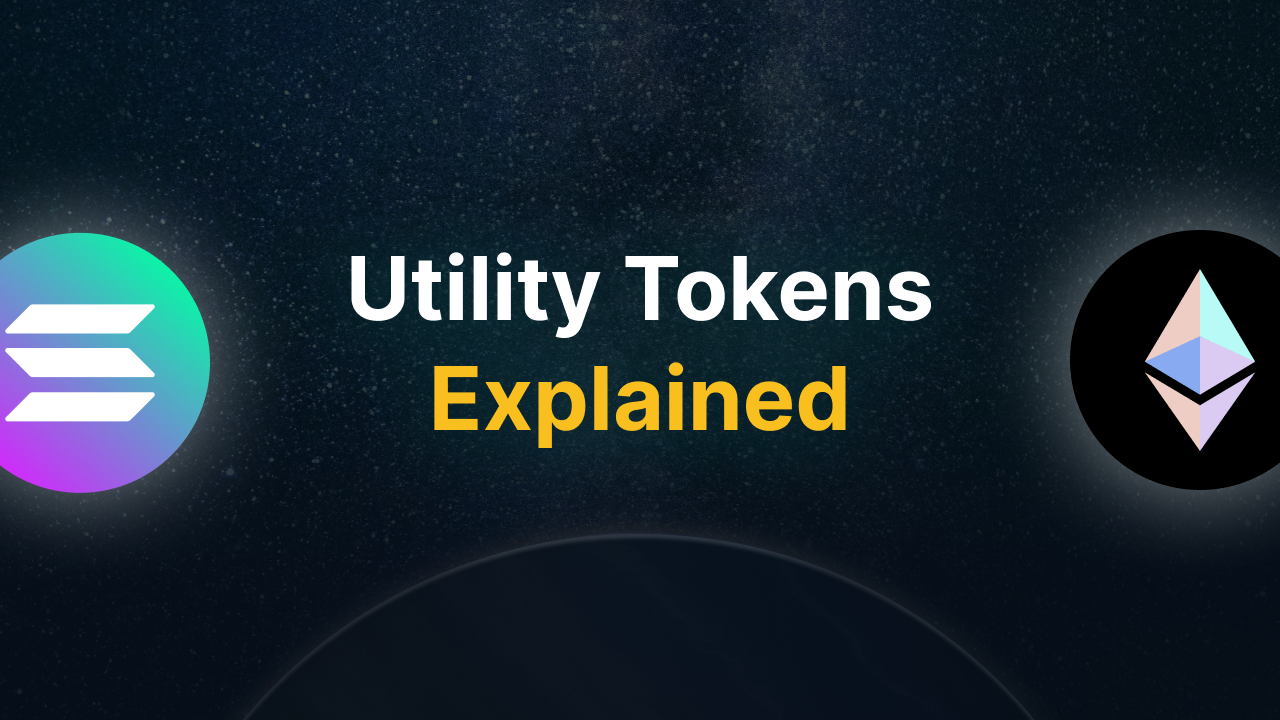The Crypto and Bitcoin Cycle Explained

What is the crypto market cycle?
The crypto market cycle is a sequence of periods in which prices rise (bull market) and fall (bear market). These periods can be identified based on price movements, as they often follow a recurring pattern. Compared to traditional markets such as stocks or real estate, cycles in crypto are often more extreme and faster. This is due to the relatively young market, the low barrier to entry, and the impact of major events such as the Bitcoin halving and the influx of retail and new investors.
Every crypto cycle looks different, but there are often patterns you can read. This makes the crypto market cycle a useful compass for investors to make better trading decisions, especially within the broader crypto market.
Key Takeaways
- The crypto market moves in waves of rising (bull) and falling (bear), often more extreme than traditional markets.
- Bitcoin is the engine, and the halving usually triggers a new price rally.
- There are four phases: buying cheap, rising, taking profit, and sharp decline.
- News, emotions, the economy, and big players pull a lot of strings.
- Smart investors use DCA, good risk management, altcoin seasons, and analysis to increase their odds.
- The four-year Bitcoin cycle is useful, but no longer a holy grail.
How does the crypto market cycle work?
A market cycle in the crypto market works like waves: there are periods of rising prices, followed by periods of falling prices, and then rising again. A crypto cycle is shaped by the idea that emotions, news, economic factors, and market mechanisms together form a repeating rhythm. Here’s an example:
- Positive news breaks (for example, major Bitcoin adoption).
- Smart investors enter and the price starts to rise slowly.
- Media picks up the hype, FOMO begins, and more people buy Bitcoin.
- Prices shoot up to a peak (or even a new all-time high).
- Big players sell Bitcoin to take profit and the price drops.
- Panic selling and negative news cause the price to drop even further.
- The market and Bitcoin hit a new bottom, and the cycle starts all over again.
What is the Bitcoin cycle?
The Bitcoin market cycle is the best-known example of a crypto cycle. Due to Bitcoin dominance, the largest cryptocurrency often leads the market. This means that when Bitcoin rises, many other altcoins rise as well (or even faster). The opposite is also true: when Bitcoin falls, the whole market feels it. This strong correlation is called the Bitcoin correlation: in times of volatility, much of the crypto market moves in the same direction as Bitcoin, making it hard to find coins that completely break away from this trend.
What makes the Bitcoin cycle special is that it is often influenced by the Bitcoin halving. This is a major Bitcoin event where, after mining 210,000 blocks (about every four years), the Bitcoin block reward is halved. This process, created by Satoshi Nakamoto, ensures that fewer Bitcoins enter circulation over time. Less supply, while demand stays the same or increases, has historically led to higher prices.
Example:
- 2012 Bitcoin halving → start of a bull run to around $1,000 in 2013
- 2016 Bitcoin halving → bull run to nearly $20,000 in 2017
- 2020 Bitcoin halving → bull run to $69,000 in 2021
- 2024 Bitcoin halving → 2025 could be a peak year (though there’s debate on whether we peaked early)
It’s important to mention that the Bitcoin halving is not a magic switch that makes the price go up. Macroeconomic factors, regulation, and institutional adoption also play a major role.
What are the four phases of the crypto cycle?
The cycles of Bitcoin and other crypto are often divided into four phases. You can compare them to the "seasons" of crypto: spring, summer, fall, and winter, but in crypto terms. There is some overlap in the "seasons." Below are the characteristics of each crypto cycle phase.
Accumulation phase (winter)
- Prices are low, interest is minimal.
- Media attention is nearly gone.
- Only experienced and convinced investors quietly buy more here.
- Sentiment: apathy, skepticism.
- Often right before or just after a Bitcoin halving.
Growth or markup phase (spring/summer)
- Prices start to rise steadily.
- Institutional players enter, followed by retail.
- FOMO increases and trading volumes grow.
- Often new all-time highs.
- Sentiment: from hope to euphoria.
Distribution phase (late summer/fall)
- Big players take profit and sell to new entrants.
- Price stays high but moves sideways or in peaks/dips.
- Sentiment becomes uncertain: “Are we at the top?”
- Altcoins can still surge, often called the "altcoin season" or "altseason."
Cooling or markdown phase (winter)
- Prices drop sharply. Bitcoin can fall up to 80%, altcoins even 95%.
- Panic selling and negative news dominate.
- Little new inflow.
- Sentiment: fear, despair.
- Eventually, a new bottom forms.
- The market prepares for a new accumulation phase.
Which factors influence the crypto cycle?
Although the halving is often seen as the main driver behind the crypto market cycle, many other forces influence its course. Market sentiment is one of them. Emotions like FOMO (Fear of Missing Out) and FUD (Fear, Uncertainty, Doubt) can quickly push prices up or down. A handy tool for this is the Fear & Greed Index, which shows whether the market is driven by greed or fear.
Macroeconomic conditions also have a big impact. High inflation, changing interest rates, or a recession largely determine how much risk investors are willing to take. Low interest rates can push investors toward crypto, while high rates can pull capital away to safer investments.
Regulation is another determining factor. Positive news, such as the approval of a Bitcoin ETF, can give the market a major boost. But strict measures, like a mining ban in China, can put heavy pressure on prices.
Institutional adoption is also playing an increasingly big role. Big players like BlackRock, MicroStrategy, and pension funds have the power to bring massive amounts of capital into the market. Their trading behavior can set entire trends. Technological developments can also usher in new phases. Innovations like layer-2 solutions, new blockchain protocols, DeFi applications, and NFTs not only attract attention but also new capital.
Finally, there is the phenomenon of the "self-fulfilling prophecy." This is when many investors act based on expectations of a certain phase. Sometimes, they even reinforce the very patterns they are trying to capitalize on.
How can you take advantage of the market cycle?
If you want to play the current or next cycle, you can focus on the following things to make the most of it.
Buy low, sell high
The classic principle "buy low and sell high" sounds easy but is quite difficult in practice. In theory, you buy during the accumulation phase, when prices are low and interest is minimal, and sell during the distribution phase, when prices are high and the market is euphoric. The biggest pitfall is controlling your emotions. FOMO or FUD can influence your decisions.
Dollar Cost Averaging (DCA)
A strategy many investors use to take emotion out of decisions is Dollar Cost Averaging. You invest a fixed amount at fixed intervals, regardless of the price. This reduces the risk of buying everything at once at an unfavorable time and results in an average purchase price over a longer period.
Playing the altcoin season
In the final phase of a bull market, many altcoins often rise faster than Bitcoin. This is called altcoin season. While it offers opportunities for big profits, it also carries more risk. The trick is to secure profits in time, as altcoins can drop just as fast as they rise.
Risk management
Good risk management is essential when trading crypto. Consider setting stop-loss orders to limit your losses and diversifying your portfolio across different types of coins, such as Bitcoin, large altcoins, and smaller projects. Only invest money you can truly afford to lose.
Combining technical and fundamental analysis
Finally, you can make better use of the market cycle by combining technical and fundamental analysis. Technical analysis helps you by studying charts, patterns, and indicators like moving averages (MAs) and the Relative Strength Index (RSI). Fundamental analysis looks at the value and potential of a project, for example by evaluating its technology, team, and market use. Combining these methods gives you a clearer view of your opportunities in the cycle.
Is the four-year Bitcoin cycle still relevant?
In recent years, the four-year Bitcoin cycle has been questioned. Is it still relevant? Here are the opinions.
Supporters say:
- The halving remains a strong catalyst for scarcity and price increases.
- Past patterns often repeat.
- Political and economic cycles (e.g., U.S. elections) sometimes coincide with the crypto cycle.
Opponents say:
- Institutional adoption has shifted the dynamics.
- Macroeconomics, regulation, and capital flows now have at least as much influence.
- Large companies and funds hold a huge share of all Bitcoin, which can change the dynamics.
Opinions are divided, but the four-year cycle is likely still a useful reference point, though you can’t rely on it blindly. The market has matured and become more complex. Smart investors look at a mix of halving patterns, macroeconomic signals, market sentiment, and technical analysis.
Final thoughts
The crypto cycle is a useful tool to understand which phase the market is in and how to respond strategically. Especially the four phases and the role of Bitcoin (with the halving as a known driver) provide guidance. However, it’s important to remember that the market today is much more mature and less predictable than in the past. Big players, macroeconomic events, and global regulation can significantly disrupt the rhythm. To get the most out of the cycle, don’t just look at past patterns but combine them with current data, technical and fundamental analysis, and especially a solid risk management plan. This reduces the chance that emotions like FOMO or panic take over your decisions, and increases the odds that you enter and exit at the right time.




